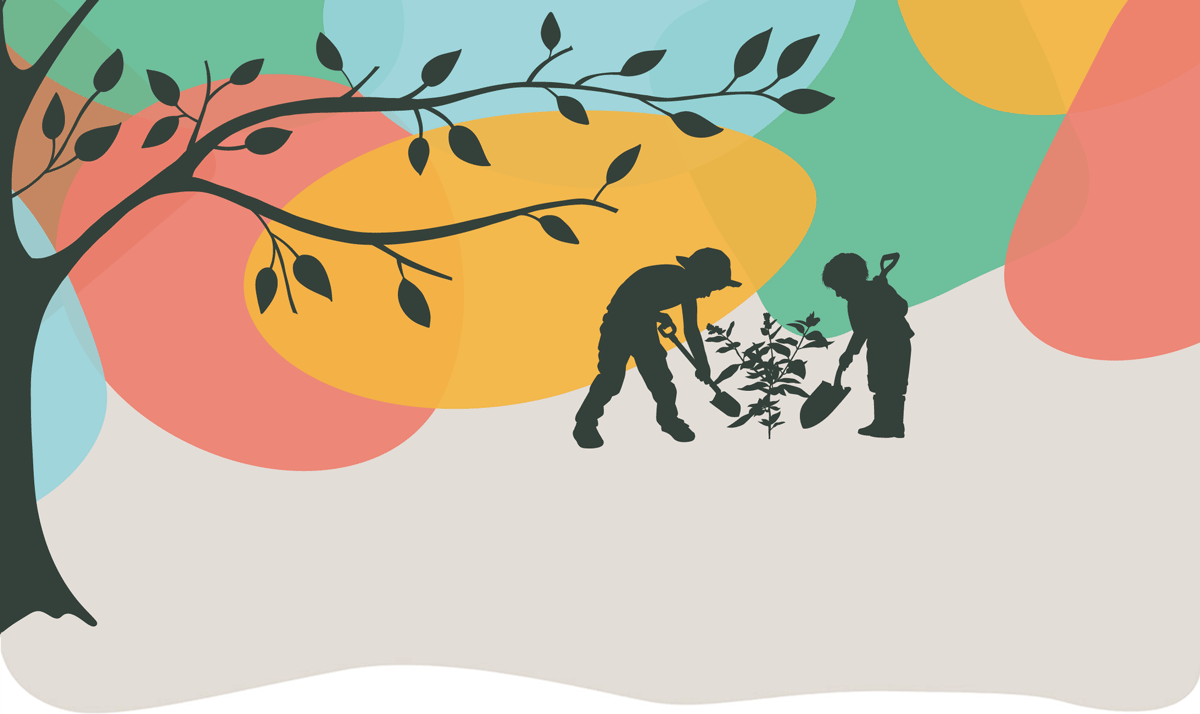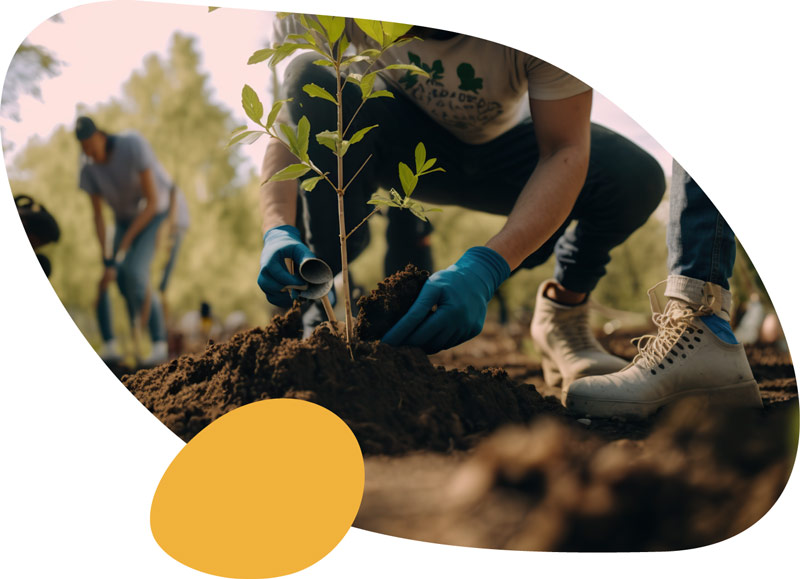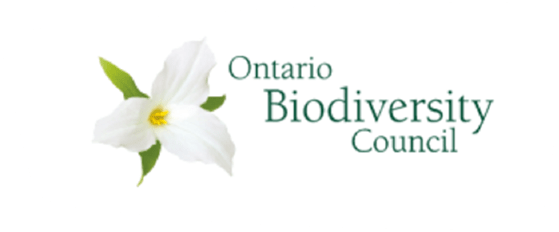
This strategic direction includes ways to encourage more active and inclusive participation in biodiversity conservation and integrate biodiversity values into all sectors of the economy.


By 2025, sectors have developed action plans in support of Ontario’s Biodiversity Strategy and by 2030 those plans are being implemented.
By 2025, the capacity for people to conserve biodiversity is increased and by 2030 people are taking action to protect and care for biodiversity in their daily lives.
By 2030, biodiversity conservation programs and actions are inclusive, equitable and reflect Indigenous knowledge and diverse perspectives.

This strategy is for everyone who lives and works in Ontario. We hope all people and organizations see actions and a role for themselves within it. When we say ‘sectors’ we mean everyone. Examples of sectors include those that:

Mainstreaming biodiversity means integrating biodiversity into decision making so that it becomes everyone’s business and is part of our day-to-day lives. As individuals and citizens, we are responsible for taking good care of the resources we use and upon which we depend. From the purchases we make at the grocery store to the flowers we plant in our gardens and the decisions made in managing our businesses or providing services in our communities, we all impact biodiversity. Our choices and actions will ultimately determine the state of biodiversity now and in the future.
Follow us on:
or send us an email at info@ontariobiodiversitycouncil.ca
©
2024 Ontario Biodiversity Council. All Rights Reserved.
Web design by Accurate.

Follow Us
